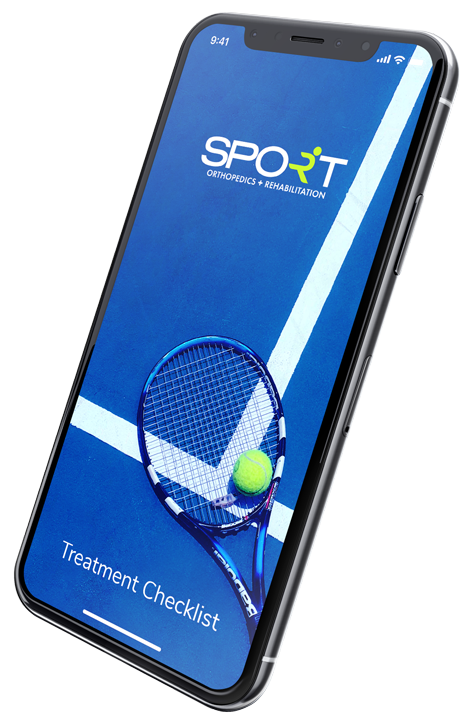Hyperextended Knee Treatment in Dallas, Frisco, Prosper, and Wylie, TX
Treatment and Physical Therapy for Hyperextended Knees in Dallas
Home » Conditions » Hyperextended Knee Treatment in Dallas, Frisco, Prosper, and Wylie, TX
Hyperextended Knee Specialist in Dallas
Our board-certified Dallas orthopedic surgeons see hundreds of patients with hyperextended knee conditions. If your knee bends backward, you likely have a hyperextended knee injury and should consult a physician immediately. At SPORT Orthopedics + Physical Therapy, we do offer orthopedic urgent care for emergency hyperextended knee treatment in Dallas, Frisco, Prosper, and Wylie.
To schedule an appointment with us, please call our office at 469-200-2832 today, or submit an online intake form.
Hyperextended Knees Treatment in Dallas
What Is a Hyperextended Knee?
As two of your most active joints, the knees are extremely vulnerable to injury through falls, impact, or everyday wear and tear. One of the most common injuries extremely active people can sustain is the hyper-extended knee.
A hyper-extended knee occurs when the knee joint bends backward when you are holding your leg in a straightened position. Though this might seem insignificant, you should not ignore a hyper-extended knee. Bending the knee backward beyond the normal range of motion can severely limit your mobility but is highly treatable if you seek medical assistance.
If you are unsure whether or not you have suffered a hyper-extended knee, you should always seek medical attention if you are suffering from persistent knee pain, or directly following an injury.
How to Treat a Hyperextended Knee
Hyper-Extended Knees Treatment
Treatment for a hyper-extended knee depends entirely on the extent of the damage to the ligaments.
The majority of the time, simple home remedies will be enough to alleviate the symptoms of a hyper-extended knee. Rest and ice in the days following the injury will help reduce inflammation. You should also try to elevate the knee as much as possible. Before surgery, we may also try knee gel injections.
Sometimes, if the ligament is partially or fully torn, hyperextended knee surgery may be required. The surgery will be performed under general anesthesia, and a piece of a ligament from elsewhere in the body is used to repair the tear. This will help to alleviate any knee instability.
Physical therapy geared towards strengthening the muscles will usually follow surgery. Even if your injury does not require surgery, physical therapy can be helpful in regaining stability and a full range of motion after you hyper-extend your knee.
Wearing knee braces for a few months can also help stabilize the joint. A knee brace reduces stress on the torn ligaments and injured knee while it heals.
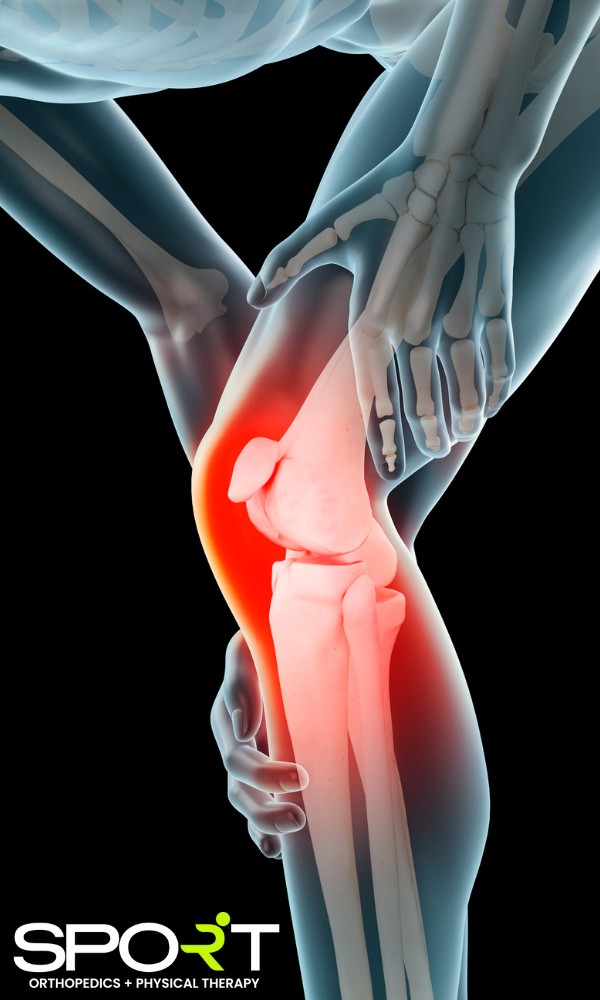
How Long Does a Hyperextended Knee Take to Heal?
Hyper-Extended Knee Recovery Time
If you have hyper-extended your knee, it may take months for you to achieve a full range of motion and for a pain-free knee. If the ligament injury is mild, obviously your recovery time will be quicker than if you have a more serious injury.
Most kids and adults can return to their normal activities quickly, though older adults will tend to heal more slowly.
Athletes will most likely be able to return to their sports, but a major knee injury may place some restrictions on how far they can push their bodies.
The ongoing management of a hyper-extended knee during recovery depends on the severity of the injury. It may be necessary to stop participation in certain sports or activities or to delay your return to certain sports like basketball or skiing until you make a full recovery.
Here are some tips to help manage your recovery:
- Wear sturdy shoes that provide support
- Work with a physical therapist to learn ways to lower your risk of injuring your knee
- Improve your balance
- Practice exercises that will strengthen the muscles in your legs
- Continue exercises learned in physical therapy even after you’ve recovered. They will help keep your knees flexible and strong.
What Does a Hyperextended Knee Feel Like?
Hyperextended Knee Symptoms
You may or may not be immediately aware you have suffered a hyper-extended knee. Some of the more common symptoms in the affected knee are:
- Pain behind the knee
- A popping sound, which suggests a torn ligament
- Swelling around the knee
- Trouble placing weight on that leg
- The knee will become difficult to bend.
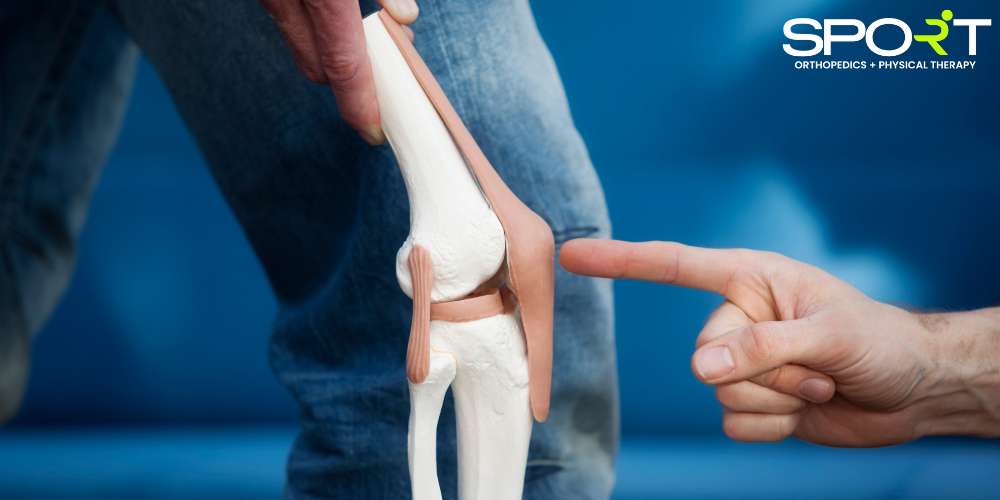
How Do You Get a Hyperextended Knee?
The two ligaments that are most often injured during hyper-extension of the knee are the anterior cruciate ligament (ACL), and the posterior cruciate ligament (PCL).
The ACL controls the forward movement of your knee and also controls the rotation of your shin bone. The PCL controls the shinbone’s backward movement. These two ligaments connect the shin bone to your thigh bone. When they are injured, such as with a hyper-extended knee, the knee becomes much less stable.
A common cause of a hyper-extended knee is a bad landing after a jump. You can also suffer a hyper-extended knee if you change directions suddenly such as during a soccer, basketball, or football game. Gymnasts and skiers are also at a higher risk for knee hyper-extension.
You can also hyper-extend your knee through contact. If something or someone strikes the front of your knee, they can push the joint too far back, injuring the ligaments and other parts of the knee.
Another cause of hyper-extension can be if your foot is caught, causing you to trip and fall. If the fall pushes your knee in one direction and your foot can’t follow, the knee will hyper-extend.
While a hyper-extended knee can occur simply as a result of injury or bad luck, there are factors that predispose some people to hyper-extension.
Other risk factors for a hyper-extended knee are:
- Age. Older adults have a higher risk of a hyper-extended knee than younger adults. While children are not more prone to hyper-extended knees, they are more prone to bone chips if they do suffer a hyper-extended knee.
- Weak quadriceps, which are the muscles in your upper leg
- History of knee injuries
How Do I Know If I’ve Hyperextended My Knee?
Hyper-Extended Knee Diagnosis
When you visit a doctor for a potential hyper-extended knee, the first thing your doctor will do is conduct a physical exam. This exam will include moving your injured knee to test for instability in the joint.
During this exam, it is important that you are honest about your pain level. Part of the physical exam may include moving your knee into different positions and applying pressure.
An X-ray of your knees can also provide images of any bone or soft tissue affected by your injured ligaments.
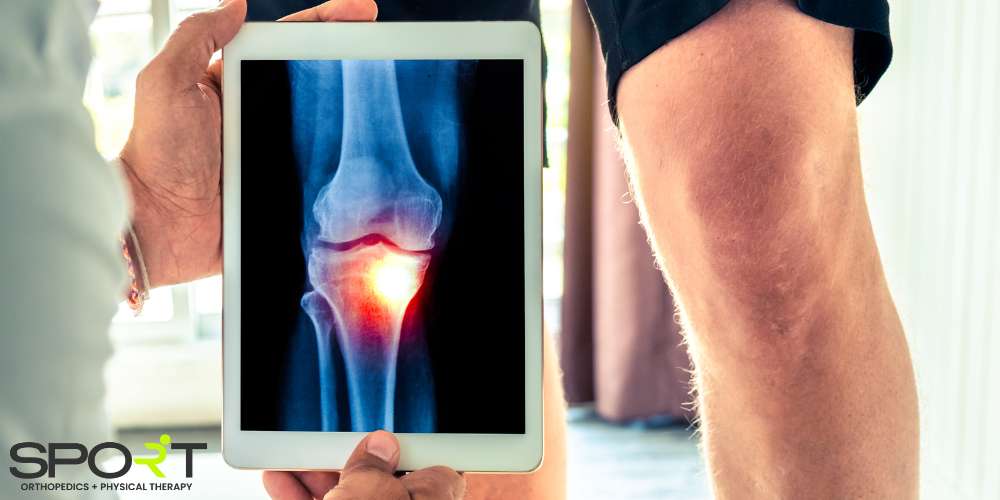
Knee Hyperextension Test
The knee hyperextension test is a physical examination maneuver used to assess the stability and integrity of the knee joint ligaments, particularly the posterior cruciate ligament (PCL). During the test, the examiner passively extends the knee beyond its normal range of extension. This movement places stress on the PCL and other supporting structures.
If there is excessive posterior movement of the tibia (shin bone) relative to the femur (thigh bone) during hyperextension, it may indicate laxity or a hyperextension injury.
Knee Anatomy for Hyperextended Knee Pain
Bones in the Knee
The knee is one of the more structurally complex areas of the body. The knee is composed of three bones:
- Tibia, or shinbone
- Femur, or thighbone, sits on top of the tibia, the larger leg bone.
- Patella, or kneecap, glides in a groove on the end of the femur.
Muscles in the Thigh
Large muscle groupings in the thigh give the knee its strength and stability:
- The quadriceps muscles-group of muscles on the front of the thigh that straighten and rotate the leg.
- The hamstring muscles- located on the back of the thigh and bend or flex the knee.
Ligaments Surrounding the Knee
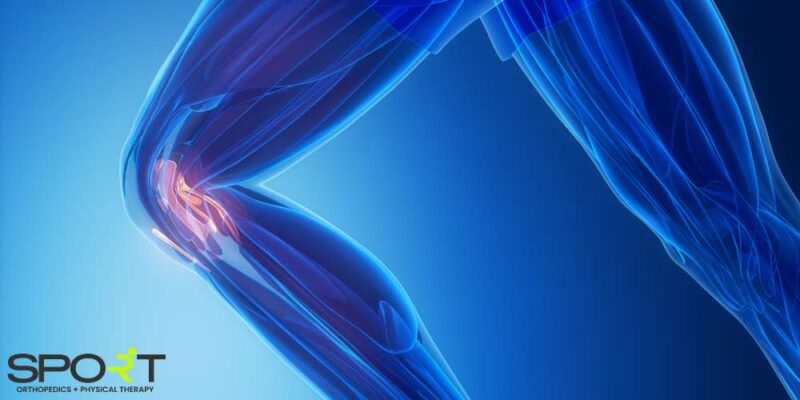
Ligaments are strong tissues that provide stability and allow the leg to move. They also enable flexibility while maintaining balance. Four ligaments connect our knee bones together:
- The medial collateral is located on the inside of the knee, and the lateral collateral is at the outer side of the knee. These two ligaments help the joint to resist side to side stress and promote joint stability.
- The anterior cruciate ligament and the posterior cruciate ligament cross each other inside of the knee joint. These ligaments help to keep the joint aligned. They also counteract forward and backward forces and keep the bones in place. They also control rotation of the tibia.
Cartilage, Synovium, and Nerve Fibers
Two cartilage disks, Menisci, are located on the end of the tibia. This cartilage forms a smooth surface, allowing the bones to glide easily during motion. The menisci act as shock absorbers when we walk or run.
A smooth tissue capsule covers the bones in our knee, and a thin synovial membrane lines this capsule. The synovium secretes a liquid known as synovial fluid. The synovial fluid acts as a cushion and lubricant between the joints, which allows the knee to move painlessly. Proprioceptive nerve fibers are inside in the ligaments and joint capsules, sending signals throughout the body.
Hyperextended Knee Rehab and Treatment Options in Dallas
At SPORT, we will identify the source of your pain and then utilize state-of-the-art therapeutic techniques that focus on restoring your range of motion.
Depending on the specific condition and its severity, these treatment options may include physical therapy, over-the-counter anti-inflammatory medication, slings, and supports, cortisone shots, or surgery.
If you have a hyperextended knee injury that needs medical attention, call SPORT at (469) 200-2832 to arrange a consultation or you can request one online. If you need immediate medical attention, we can arrange a same-day urgent care visit to ensure you get fast, effective relief. We also treat other severe injuries to the knee, including ACL tears, fractures, and many other sports injuries.


